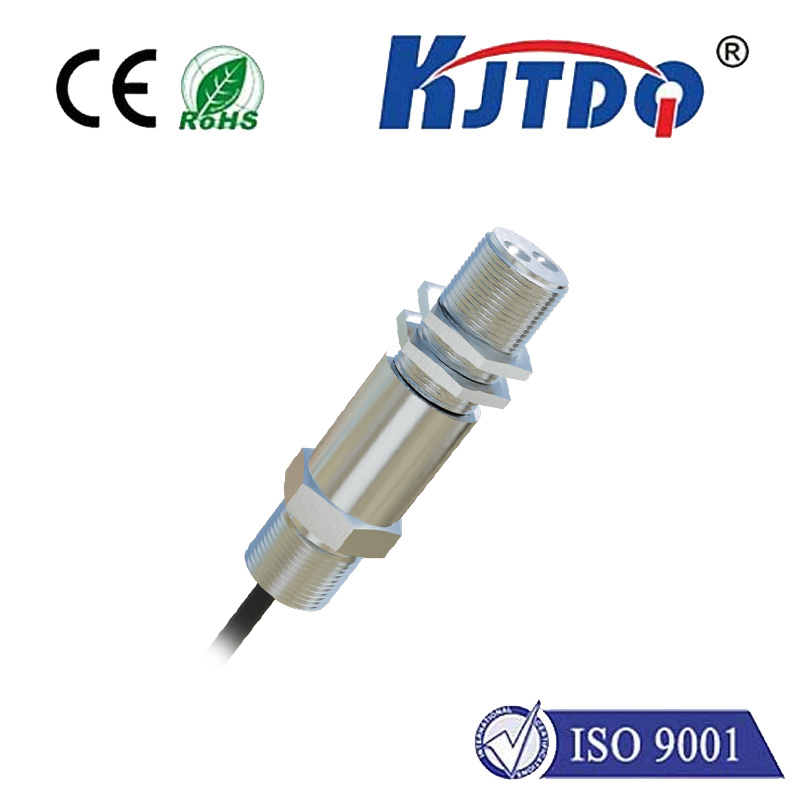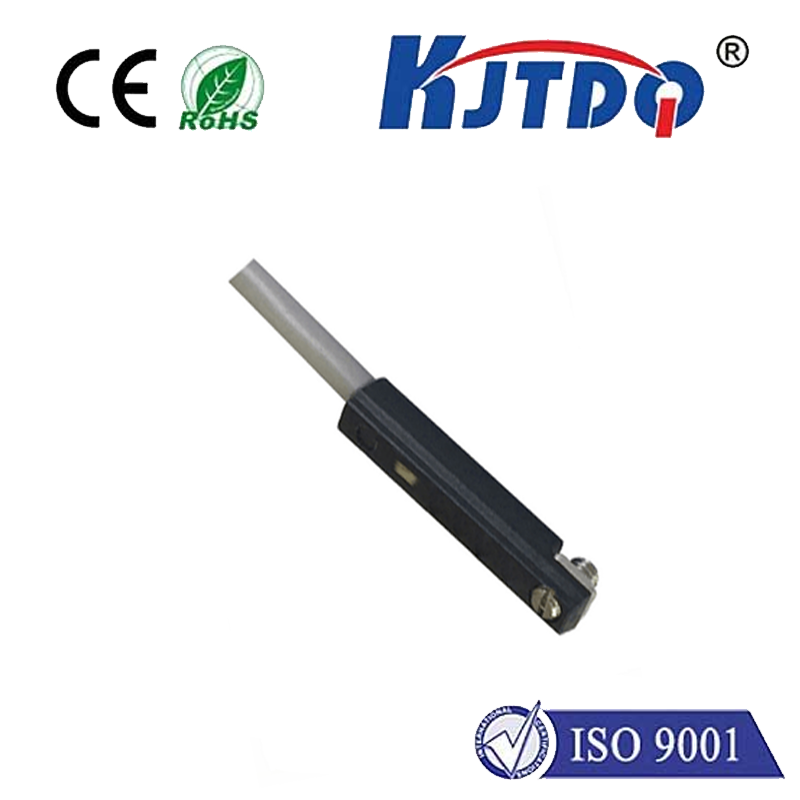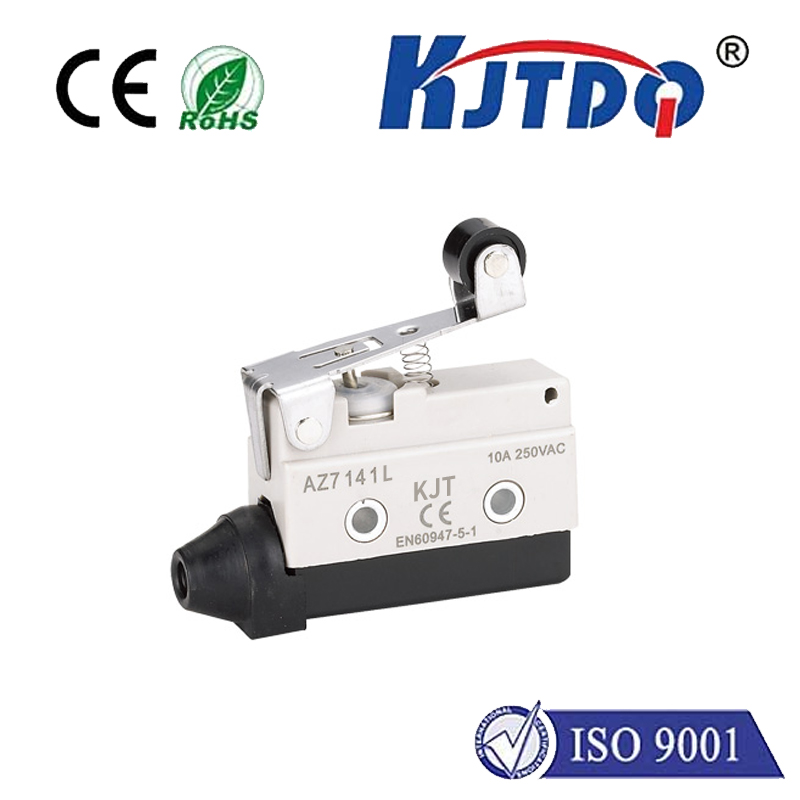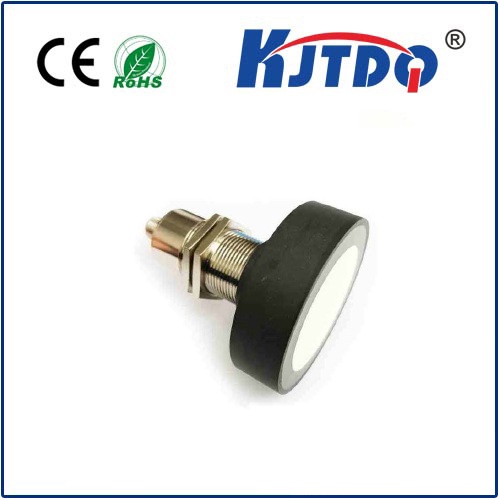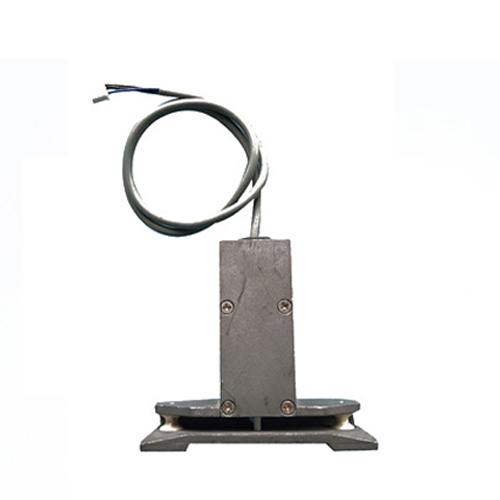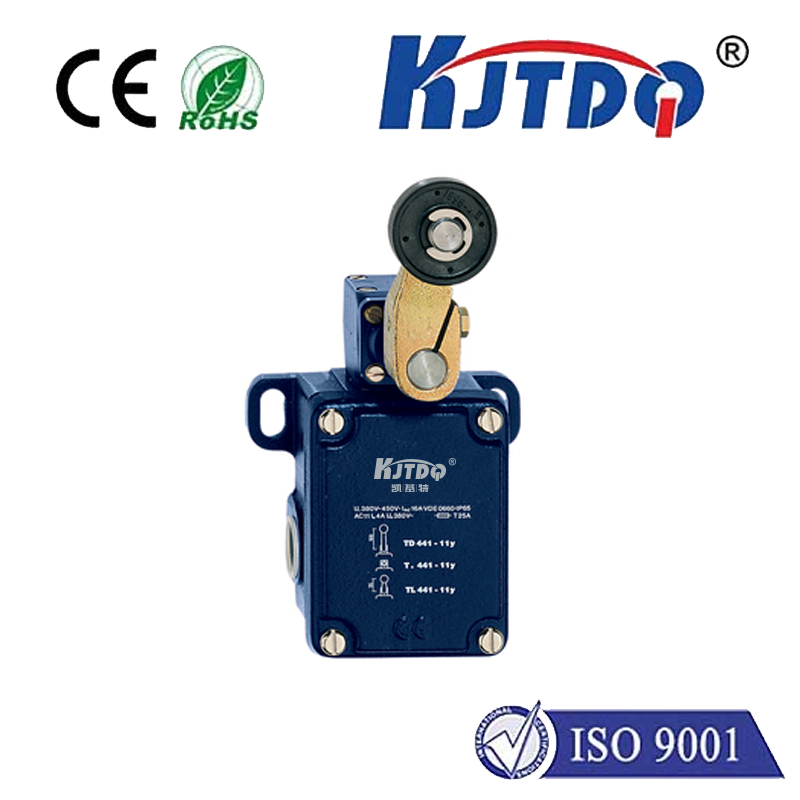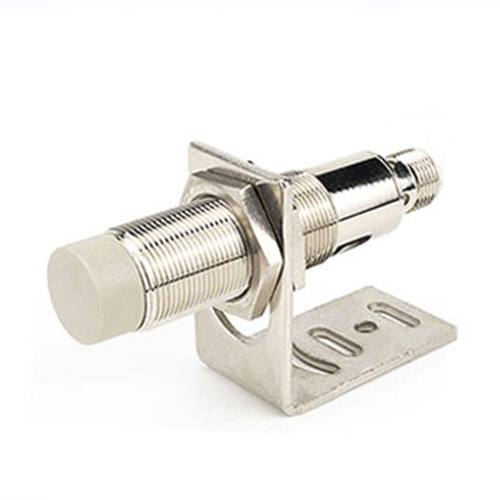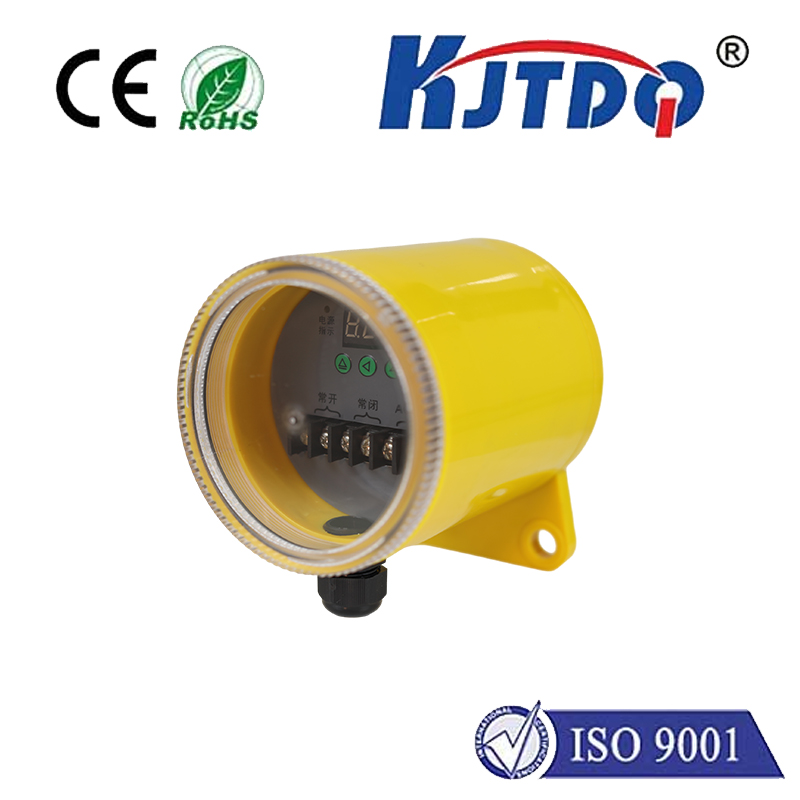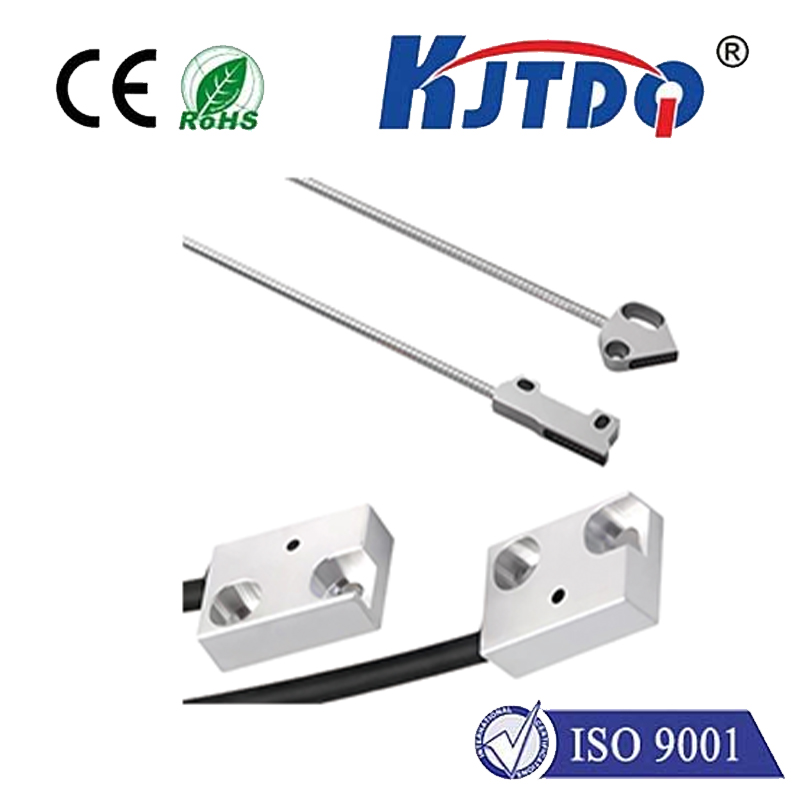

check

check

check

check

check

check

check

check

check

check
In today's fast-paced world, accurate data collection is essential for a wide range of industries, from scientific research to manufacturing. However, traditional sensors often suffer from limitations such as low resolution, sensitivity, and reliability. To overcome these challenges, engineers have developed a groundbreaking technology called the "ideal sensor" that promises to transform the way we detect and measure various physical phenomena. In this article, we will explore the concept of an ideal sensor, its features, and applications in detail.
Section 1: What is an Ideal Sensor?
An ideal sensor is a type of measuring device that possesses several key characteristics that distinguish it from conventional sensors. First and foremost, an ideal sensor has high resolution, meaning it can accurately detect minute changes in physical parameters. This high resolution allows researchers and manufacturers to obtain detailed information about the physical properties of materials and systems under investigation. Additionally, an ideal sensor is highly sensitive, allowing it to detect very small changes in input signals with maximum precision. This sensitivity ensures that the sensor can detect even the slightest variations in physical conditions, making it ideal for applications where accuracy is critical.
Moreover, an ideal sensor is known for its exceptional reliability. Unlike traditional sensors that are prone to errors due to factors such as temperature fluctuations and electromagnetic interference, an ideal sensor is designed to operate consistently over a wide range of conditions. This makes it ideal for use in harsh environments where other sensors might fail or malfunction. Finally, an ideal sensor is flexible and adaptable, capable of sensing different types of physical parameters using a variety of input techniques such as electrical, mechanical, or optical signals.
Section 2: Features of an Ideal Sensor
So what exactly makes an ideal sensor tick? There are several key features that set it apart from other types of sensors. One of the most important features is its high resolution. By using advanced technologies such as nanotechnology and microfabrication, engineers can design sensors with extremely small pixels or channels that can detect even the tiniest variations in physical parameters. This high resolution enables researchers and manufacturers to obtain detailed information about the physical properties of materials and systems under investigation.
Another crucial feature of an ideal sensor is its high sensitivity. By using specialized materials or designs, engineers can create sensors that are capable of detecting very small changes in input signals with maximum precision. This sensitivity makes it possible to detect even the slightest variations in physical conditions, such as temperature, pressure, or humidity, which can be vital for a wide range of applications.
In addition to high resolution and sensitivity, an ideal sensor is also known for its exceptional reliability. By using advanced fabrication techniques and quality control processes, engineers can ensure that each component of the sensor works perfectly, minimizing the risk of errors or malfunctions caused by factors such as temperature fluctuations or electromagnetic interference. Furthermore, by incorporating error correction algorithms or redundancy mechanisms into the design of the sensor, it becomes even more robust and resilient in the face of unexpected situations or environmental conditions.
Finally, an ideal sensor is flexible and adaptable, able to sense different types of physical parameters using a variety of input techniques such as electrical, mechanical, or optical signals. This versatility allows researchers and manufacturers to customize their sensors for specific applications, saving time and money on development costs while still achieving optimal performance.
Section 3: Applications of Ideal Sensors
The potential applications of ideal sensors are vast and diverse, spanning many different industries and fields of study. Some examples include:
1. Scientific Research: Ideal sensors are essential tools for researchers investigating physical phenomena such as weather patterns, seismic activity, or oceanography. By providing precise measurements of temperature, pressure, humidity
